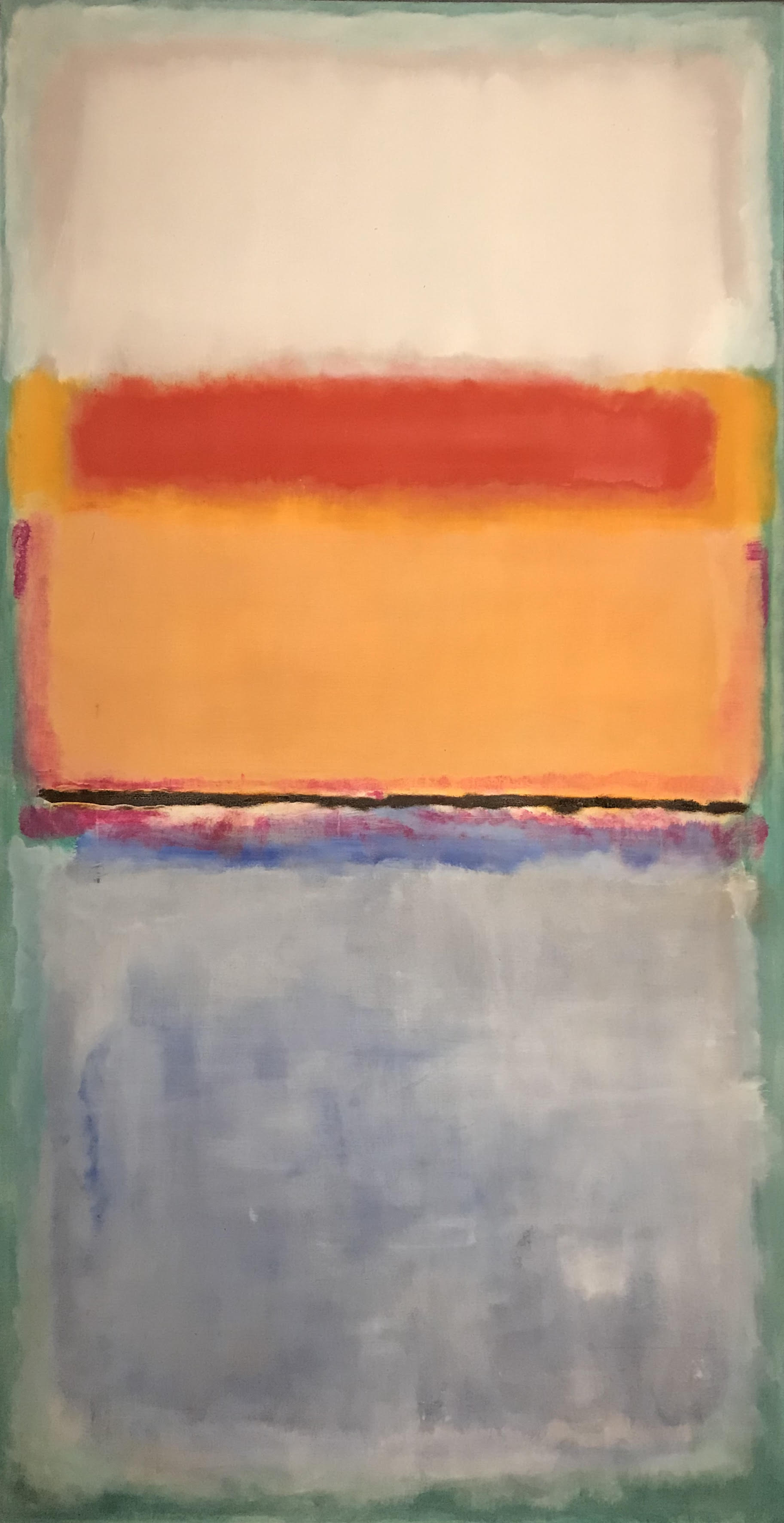
When I was in graduate school I would go weeks without having a meaningful conversation with anyone. I was happily immersed in my work and the intellectual world I was developing. I understand we are all social beings, and everyone has a different appetite for interaction.
I am obviously very comfortable being alone with my thoughts and work. However, solitude is not silence. In our fast-paced, raucous world, it is becoming increasingly difficult to put down the cell phone, the book or magazine, turn off the radio and television, and truly be still. I imagine those that devote themselves to the discipline of meditation come closest to experiencing silence, but I am not convinced anyone can experience absolute silence.
Most of us have a fear of silence. Perhaps this is because in the silence we must confront ourselves, and that can be a worrisome proposition. Pascal declared, “All humanity’s problems stem from man’s inability to sit quietly in a room alone.” Erling Kagge in his book Silence makes the keen observation that the quieter he gets the more he hears. Erling describes his 50-day solo expedition to the South Pole through what most would consider the most barren landscape on the planet. During this trip he became aware of the sound of his boots hitting the snow and his lungs filling with air.
He also observed that the snow on the ground was not in fact white but a variety of different colors and shades. Silence is a prerequisite for making critical observations and therefore a foundation for meaningful artistic endeavors.
Silence also has a profound impact on our visual experiences. When Mark Rothko (his work entitled #10 is shown here) was asked to explain his paintings he replied, “Silence is so accurate.” Our world today often insists on filling the silence essential to an authentic visual experience with words — words that seem to always fall short. Plato described knowledge that transcends our language as “the unspeakable” and suggested that when we reach the limits of our words the possibility of deep understanding and truth exists. I have had the privilege of viewing several of Rothko’s original paintings. His canvases are quite large, so I approach them until the fields of color envelope my peripheral vision. Then I wait and observe. It is impossible to get away entirely from the noise this world produces. You must establish your own silence, and Rothko’s compositions help me do that.

David, this is perhaps my favorite posting you have done to date. My students and I have worked to create a space for artists that might be conducive to achieving the kind of silence you describe. It will be interesting to see if our efforts prove fruitful. As a fellow admirer of Rothko’s work, along with a few other near contemporaries, I believe that by editing out the unnecessary, that which remains increases in significance.